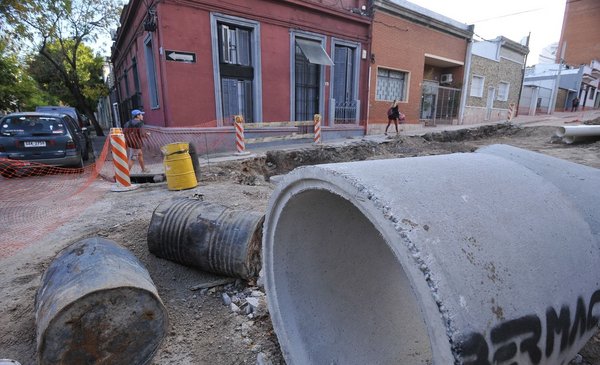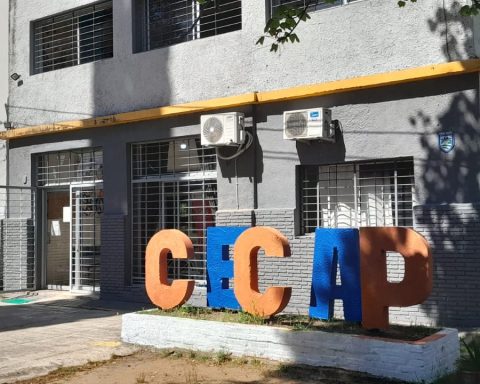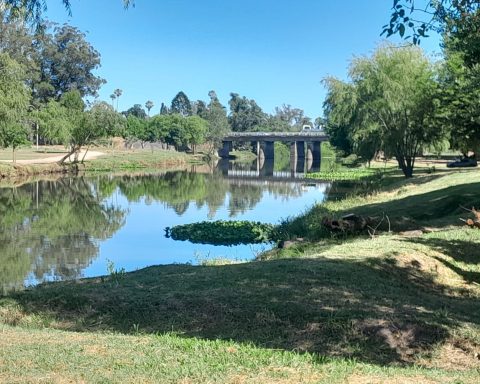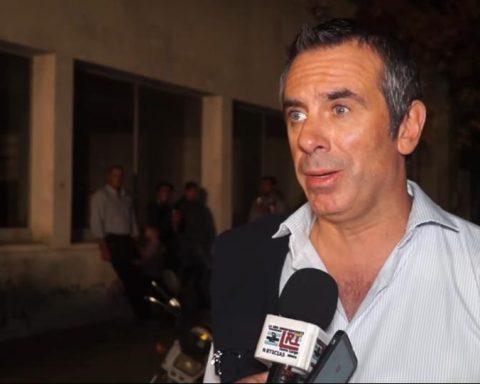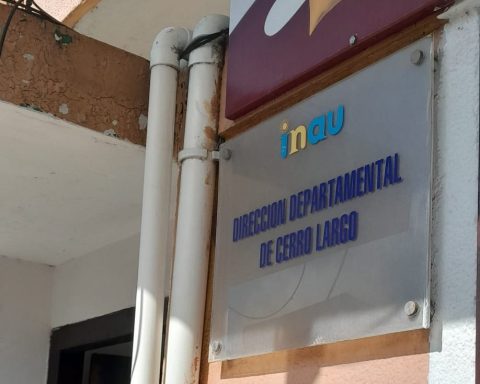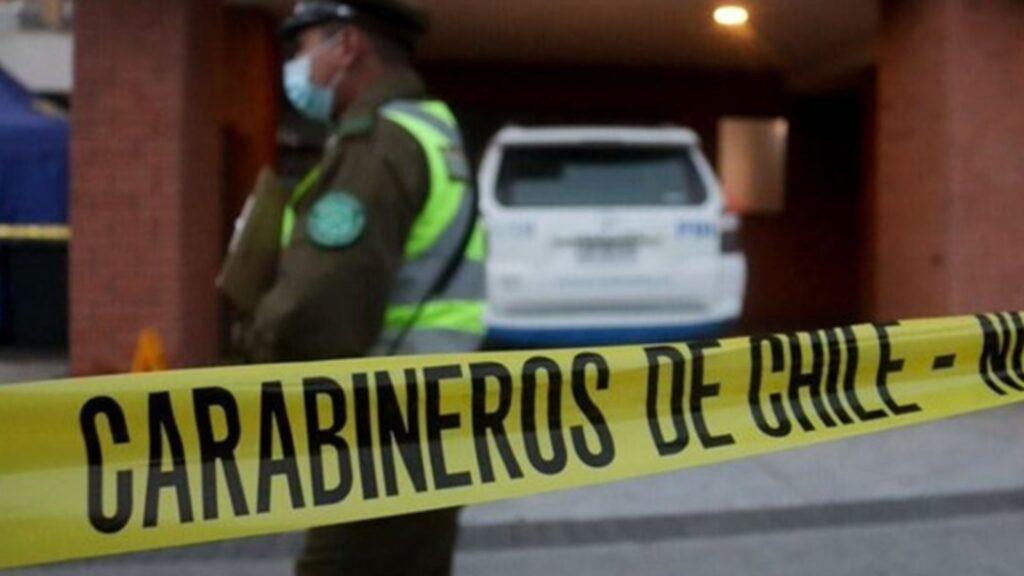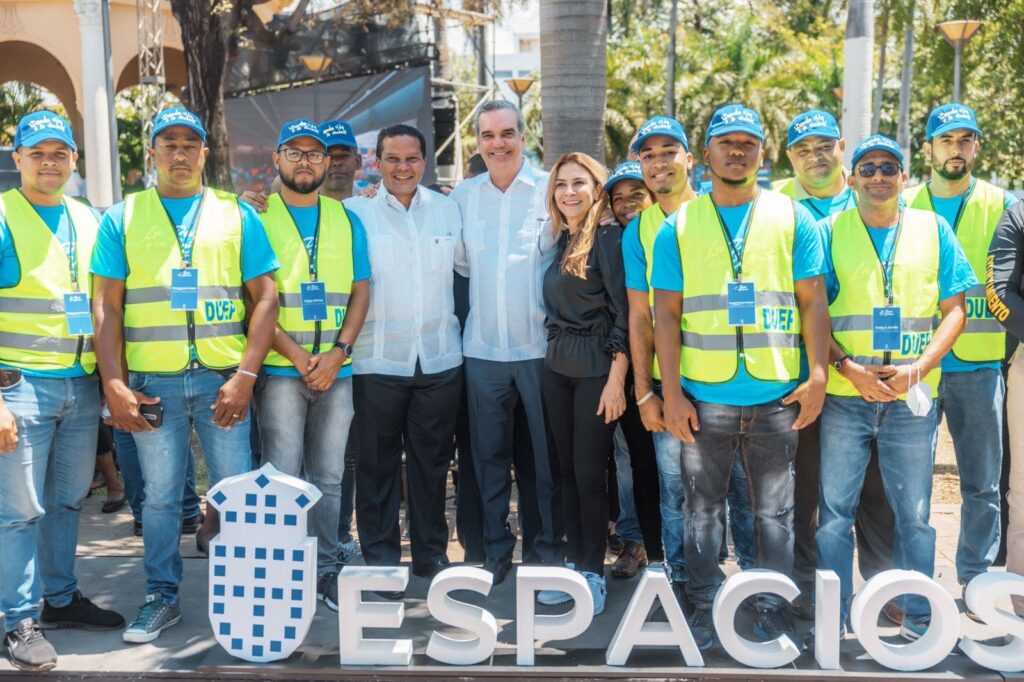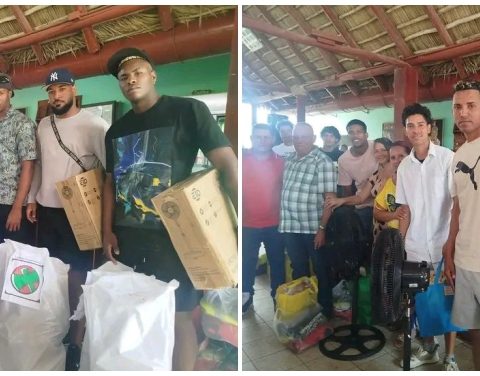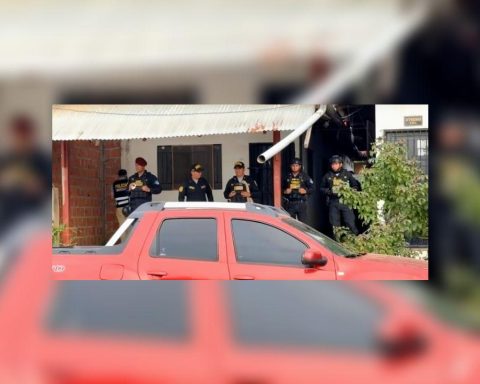Standing in front of a room full of businessmen at a dinner organized by the Center for Development Studies (CED), President Luis Lacalle Pou was reviewing the large investments planned by his government in September 2021, when he came to the environment chapter and then he looked at the director of the Office of Planning and Budget (OPP), Isaac Alfie.
“We have a big challenge, which is the issue of sanitation. ‘Lito’ is sharpening the pencil. I know that he still doesn’t close much. But today you are committed to this small group of people to continue sharpening the pencil, because I think which is a very good piece of work,” Lacalle said – half jokingly, half seriously – to one of those responsible for handling the economic numbers of his administration.
“If we can reach 120 towns in the country, it is something good for the environment and it changes the quality of life for many people in the country,” the president added that night, referring to the private initiative project that he expected to disburse almost US $ 1,000 million in four years and generate in that process about 12 thousand jobs in the interior.
After several months sharpening the pencil, the Executive Power resolved that the sanitation plan for towns with more than 2,000 inhabitants located in the interior of the country will finally be carried out in different stages. And for this period of government, the authorized amount is between US$250 million and US$300 million, somewhat less than a third of what was originally planned.
These days the details about the design of the first stage are being finalized, including what will be the localities (between 20 and 25) that will receive the investment.
As reported to The Observer government sources, the change in amount was due to “financial factors”. In other words, to that the economic team “closed the numbers”.
At the end of March, during the Ninth World Water Forum that took place in the city of Dakar (Senegal), the Minister of Environment Adrián Peña had already announced that at the end of 2022 the public call for the “first stage ” of the sanitation universalization project. This Thursday, in an interview with Informal Breakfasts, the hierarch said that the government is “defining, according to the priorities and the number of investments we have, how much progress will be made in that investment in the remainder of this government period” .
Peña, who defended the “strategic sense” of the original proposal and thus conveyed it to Lacalle on several occasions, stressed that the division into stages still makes it possible to do “in 10 or 12 years what Uruguay had planned in 35 years.”
On the decrease in resources, he noted: “It is what they authorized me. It is what there is value. It is what there is and with that we have to put together the play”.
The project
The private initiative presented at the beginning of last year by Saceem, Ciemsa, Teyma Uruguay and Fast Industria e Comercio (Brazil), originally provided for an investment of some US$975 million to develop works in 124 localities where some 560 thousand people reside. In this way, the coverage of the sanitation service would be expanded from 50% to 88% of the population, something that the government now estimates could be done in a period of 12 years.
As part of the preliminary analyzes a classification of all the localities was carried out and 24 of them were studied in depth, which were classified taking into account different particular characteristics, such as investment cost per connection, density, pavement and population distribution within the localities. This last point, for example, is key to determining if one or more water pumping stations are necessary.
In dialogue with The Observerthe president of OSE, Raúl Montero, explained “That there are infinite ways to put the puzzle together” to cover the initial 20 locations with the amount of money that is planned to start.
“We can choose what is more efficient, that is, with the same money to reach more connections, or choose something with a more equitable criterion from the territorial point of view by department. There are many ways”, said the hierarch.
“We hope in the next few days to agree on what the criteria are. The idea is to seek efficiency in the use of money and at the same time have a certain territorial equity. If one seeks greater efficiency, it can reach more than 70,000 homes, and if it seeks something more territorially equitable, it can reach around 60,000 homes,” said Montero.
According to government sources, Lacalle and Peña’s position is to consider small towns with less coverage, instead of cities that are closer to the desired coverage rates.
“historic initiative”
In June 2021, when the OSE board approved the private initiative, the official account of the public company defined it as “a historic initiative.” “Almost US$ 1,000 million in investment that will allow intervention in more than 120 localities and more than 560,000 Uruguayans to access sanitation,” summarized the OSE message. President Lacalle Pou quoted that tweet and said: “an important project for human health and care for the environment is advancing.”
How was the work expected to be financed?
when it was introduced, the private initiative did not include financing, but it did manage some alternatives that could be considered by the Executive Power. Among the sources mentioned were loans from multilateral credit organizations (IDB, CAF, Fonplata) for US$655 million to be disbursed during the construction period and that would have the Uruguayan government as guarantor.
A second source managed were credits from local banks to finance the fees for new connections (US$ 127 million) that would be charged to new users in monthly installments. In this case, the guarantor would be the subsidy to be received from the State (see separate). And a possible program of issuance of OSE negotiable obligations in Indexed Units (UI) for US$ 130 million with an 18-year term was also mentioned. This would have as guarantor the assignment of collection of new monthly income from sewerage.
Asked about the financing, Montero pointed out that in dialogue with the Office of Planning and Budget (OPP), ideas have been handled, but “always on the basis that it is the companies” that must seek that financing and “assume risk” for It is a private initiative.
Besides, The sanitation project as a whole basically has two sources of income. One is the income that would come from users for the monthly fee and new connections. The cash flow of the initiative also provides for external contributions over a 21-year term through an OSE grant of US$164 million over the construction period (originally four years), and a State subsidy for 17 years totaling US$697 million.
“We are fighting for this, that the first two or three years OSE makes an important contribution and then there will be a subsidy for 15 years that will depend on the amount of the first years,” said Montero.
When the bidding process is opened, the proposing consortium will have an advantage of between 5% and 20% over the rest of the interested parties, in accordance with the provisions of the economic reactivation law (No. 17,555) of September 2002.
In the original initiative, the execution of the project was proposed through a fiduciary entity, for which it was proposed to create the Water and Sanitation Corporation of Uruguay, similar to the Road Corporation of Uruguay. This entity, which would work in the private sphere, would carry out the works and would later be in charge of operation and maintenance, through a 30-year contract.
connection security
The president of OSE pointed out that experience indicates that in terms of 7 or 8 years, 80 or 90% of connections are reached. “The accounts are not being made with the total number of registers in front of the network, but with a percentage. You are not being optimistic to the extreme with that”, remarked Montero. In more optimistic projections, that coverage is reached in half the time.
Anyway, Huntsman rhe acknowledged that “incentives” should probably be sought so that people can do the internal installations that are needed to be able to connect. Montero explained that there are cities with “certain age” where there are no lateral withdrawals in the houses and the installation leaves more money because they have to break floors in the houses to be able to do it.
“Every time we know more about what we are talking about. We are sharpening the pencil. We don’t have a date, but we don’t have a break. We are trying to define it and that 2023 finds us working”, affirmed the president of OSE.
